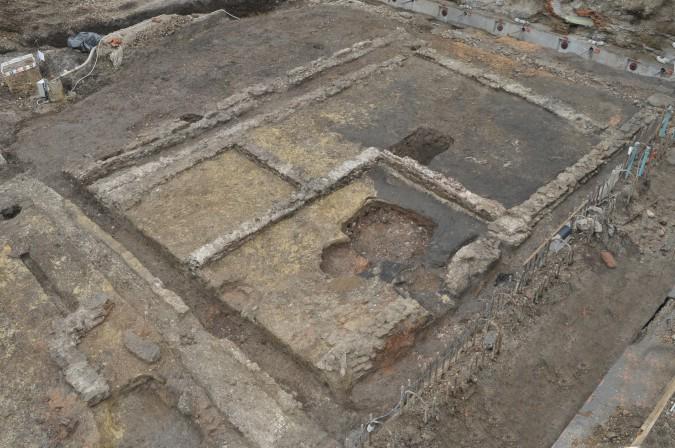
Reaching an altitude of 1064 meters, Ajdna is not one of Slovenia’s tallest peaks. But several archeological sites make this mountain in the Karavanke Range one of the most important and interesting in the country.
Archeological findings indicate that Ajdna’s mountainside, which overlooks the quiet village of Potoki, had been settled in both prehistoric and Roman times. However, most of the ruins discovered there date back to the fifth century A.D.
At the time, the Roman Empire was crumbling and various Germanic and Slavic tribes were making regular incursions into the area. Threatened by the raids, the Romanized local population found safety on the mountainside, not far below the summit of Ajdna.
Archeologists have found evidence of a thriving community, consisting of about 20 to 25 homes, some of them built into sheer rock. Among the buildings are the remnants of a simple, single-nave church, believed to be the oldest Christian place of worship in Slovenia. Eleven graves have been discovered in the church; they are thought to have belonged to members of the nobility.
Systematic research in recent years has revealed that the community was involved in agriculture and the manufacture of various iron objects, while also trading with advancing Germanic tribes. The site was, after all, located near an important trade route. By the end the 6th century, the village was abandoned, as peace returned to the valleys below. However, evidence suggests that a small Slavic settlement was later set up on the same spot.
Some of the walls dating back to the original village have been preserved and are officially protected as a historical monument. Hikers who venture high above the village of Potoki – the hike takes approximately one hour - can travel back in time as they explore one of Slovenia’s most interesting and unusually situated archeological sites.

































































